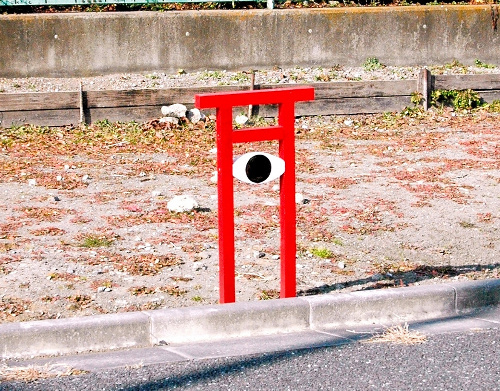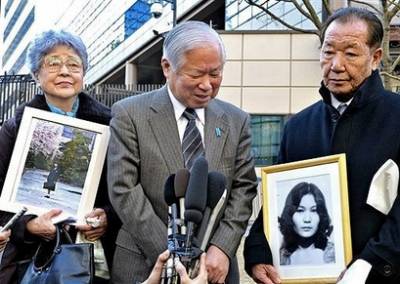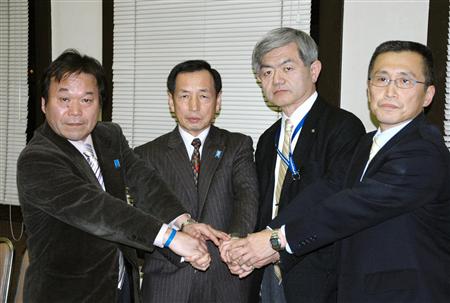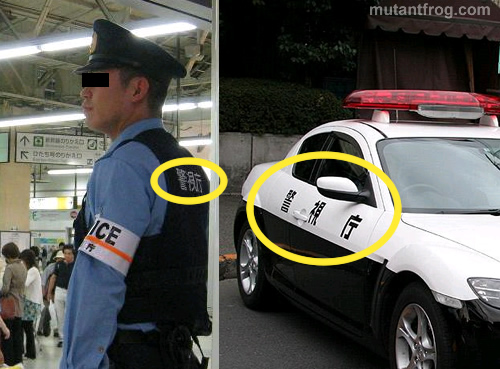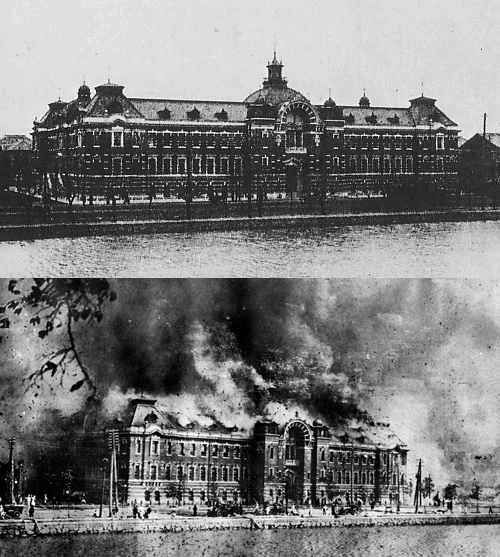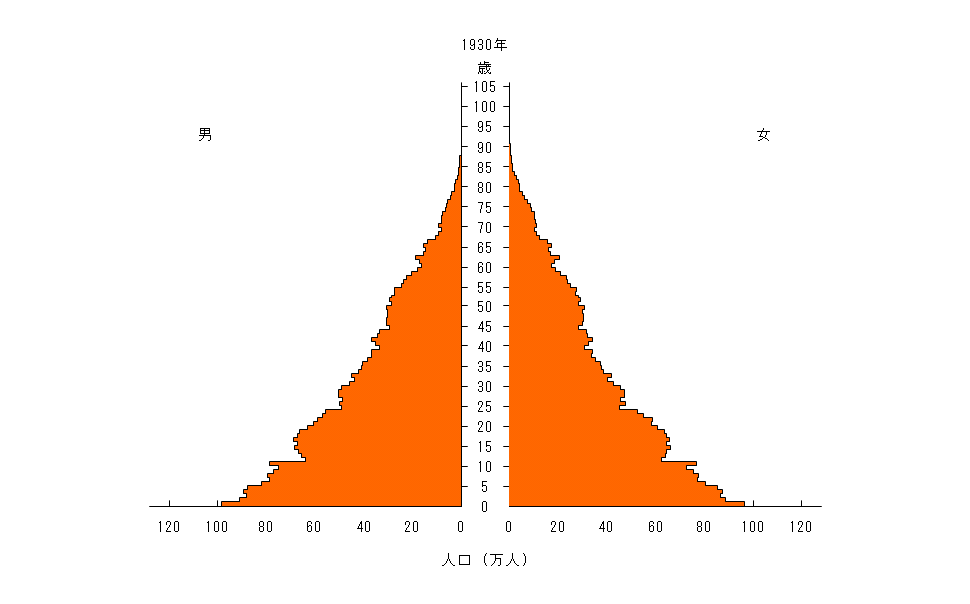According to the NYT, Shining Path, the Peruvian Maoist rebel group, has made a comeback:
The war against the Shining Path rebels, which took nearly 70,000 lives, supposedly ended in 2000.
But here in one of the most remote corners of the Andes, the military, in a renewed campaign, is battling a resurgent rebel faction. And the Shining Path, taking a page from Colombia’s rebels, has reinvented itself as an illicit drug enterprise, rebuilding on the profits of Peru’s thriving cocaine trade.
The front lines lie in the drizzle-shrouded jungle of Vizcatán, a 250-square-mile region in the Apurímac and Ene River Valley. The region is Peru’s largest producer of coca, the raw ingredient for cocaine.
…
… Coca, the mildly stimulating leaf chewed raw here since before the Spanish conquest, is largely legal; cocaine is not.
Coca, a hallowed symbol of indigenous pride, is ubiquitous here. Qatun Tarpuy, a pro-coca political party, paints images of it on mud huts. Women harvest coca in clearings along the winding dirt road, and children dry the leaves in the sun.
It is also nearly impossible to find a coca farmer here who admits that his crops are sold for anything other than traditional use, but somehow, studies have found, as much as 90 percent of the coca goes to produce cocaine.
In 2007, the latest year for which data is available, coca cultivation in Peru increased by 4 percent, reaching the highest level in a decade, according to the United Nations. At the same time, Peru’s estimated cocaine production rose to a 10-year high of about 290 tons, second only to that of Colombia.
Since the Shining Path retreated here after the capture of its messianic leader, Abimael Guzmán, in 1992, it has followed the much larger Colombian rebel group, the FARC, in melding a leftist insurgency with drug running and production.
While the Shining Path was involved in coca before, now it is a major focus. According to military and anti-drug analysts, the faction here, while still professing to be a Maoist insurgency at heart, is now in the business of protecting drug smugglers, extorting taxes from farmers and operating its own cocaine laboratories.
…
Coca farmers here describe today’s Maoists as a disciplined, well-armed force, entering villages in groups of 20 in crisp black uniforms. Little is known about their leaders, aside from the belief that two brothers, Victor Quispe Palomino, known as José, and Jorge Quispe Palomino, alias Raúl, are at the helm.
Soldiers speak respectfully of the rebels’ command of the jungle terrain and of their ability to harass with gunfire more than a dozen forward operating bases that have been established in recent months. “Their columns seem to melt into the jungle,” said Maj. Julio Delgado, an officer at a base in Pichari, one of the largest towns in the valley.
…
The rebels contend that they no longer assassinate local officials or sow terror with tactics like planting bombs on donkeys in crowded markets, atrocities the group was infamous for in the 1980s. This metamorphosis was confirmed by testimony from villagers who had come in contact with them, interviews with imprisoned rebels and a 45-page analysis written by the rebels, tracing the group’s evolution from its origins under Mr. Guzmán, that was captured by military intelligence here in December.
Meanwhile, the last we had heard of former Peruvian president and Shining Path nemesis Alberto Fujimori was in 2007 when he made Japanese political history as perhaps the first person to run for parliamentary election while under house arrest in a foreign country (he lost). Today, he remains in a Peruvian jail after the country’s Supreme Court upheld his 2007 convictions for abuses of power during his time as president. His trial for human rights violations is apparently still ongoing. This BBC profile provides a pretty much up to date record of Fujimori’s status, in addition to an overview of his background (I never knew he was an agricultural engineer before becoming president!).

